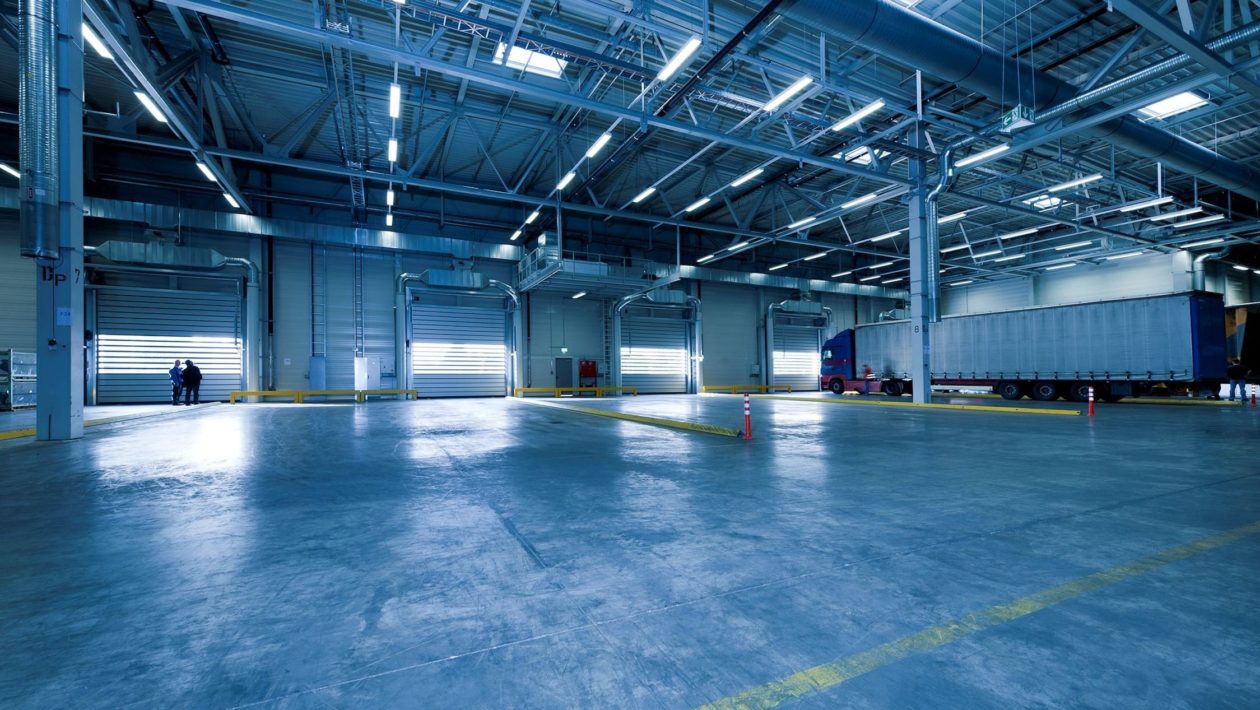Logistics And Data Capture Are Integral To Operational Safety
The average upstream or mid-stream enterprise cannot work in silos. While departments are segregated for operational efficiencies, its automation that actually secures the management systems. Large trucks that enter and exit the terminals in the yard carry dangerous goods and expensive equipment. Reporting manually by the duty guards on shifts often result in mistakes. It affects the core operations onsite. Getting an organized field data capture system connected to logistics safeguards the entire exploration effort.
If your yard or terminal lacks the right management system software, it could create unforeseen challenges. Use the latest IoT technology, mobility, and enterprise solutions that a qualified software vendor could provide.
Challenges with transportation
While the main focus always remains on the rig, there are other areas that require attention. E & P companies utilize large trucks to deliver field equipment. Services of different vendors are required in the production plant, sites, and the headquarters. Maintaining the logistics can be a huge challenge. They deal with safety requirements, compliances, and standards that need to be met for worker safety. The trucks that carry liquefied gas or pressurized material need to be under a careful watch. The entry and exit of trucks from the main terminal, to and from the plant require precise vigilance. The entry and exits require automation at every stage, for real-time delivery of reports to all departments. If any crucial data is missed or inaccurate, it leads to complications. With digitization, it is possible to streamline the logistics involved with trucks and transportation of goods. Duty guards who work in shifts are yet another batch of staff that should be trained to use automated systems. Since the field data capture is connected to the terminal’s entry and exit points, those manning the gates need to be familiar with the integrated software. They can be trained in IoT applications so that they gain visibility and insight to the loading and unloading operations.
Truck transportation adds to optimized solutions
There are several issues that an oil and gas enterprise can face with logistics and truck deliveries. Handling various dispatches 24 x 7 is a crucial requirement in the energy sector. There is a need to have controlled and systematic dispatches and reduce the truck cycle during shipment with zero errors. A comprehensive and integrated system that is also linked to the field data capture provides optimized solutions.
The benefits are:
- All data is connected via web-based applications. It allows people on the rig site and the truck terminal to reconcile the dispatch material. Staff can be trained to use this system. If a web-based system is used there is no need for any installation at any of the sites.
- Real-time integration offers a chance to eliminate any issues that may crop up. Both engineers and management can take decisions to quell the problem in a timely manner.
- At the terminals, the trucks that enter with equipment or leave with the pressurized gas can be monitored with a character recognition system. Processing and automation can be connected to the logistics and field capture activity.
- With the help of next-generation apps, IoT and mobility, the terminals can become safe zones.
- When integrated systems are used, the dispatchers and duty guards get an overview on the dashboard. All scheduling can be done from a single cockpit. If trucks are delayed or go off the route, they can be tracked.
Use of collaborative work centers
When an exploration company deals with people on different sites, they should use collaborative work centers for smooth functioning. The operators on the field provide the information in the form of data which can be shared with others located in other areas. For sustenance of the best production activity, upstream companies require this system to work on a daily basis. To meet the objectives of optimizing production, reducing human effort, and enabling IoT technologies and collaborations are essential.
They can be best done by:
- Developing training programs for operators to record data digitally and send it to everyone concerned.
- Monitor terminals and rig fields simultaneously with automated processes.
- Have a support system for dispatch, logistics, metrics, and daily data entries via appropriate software.
- Feedback of software deployment and any requirement to upgrade infrastructure.
A strong leadership brings about the change required for best safety practices in the exploration capabilities through digitization. Connecting the rig site data capture with that at the yard could bring a new level of efficiency. Are you ready to make the paradigm shift for operational safety?




